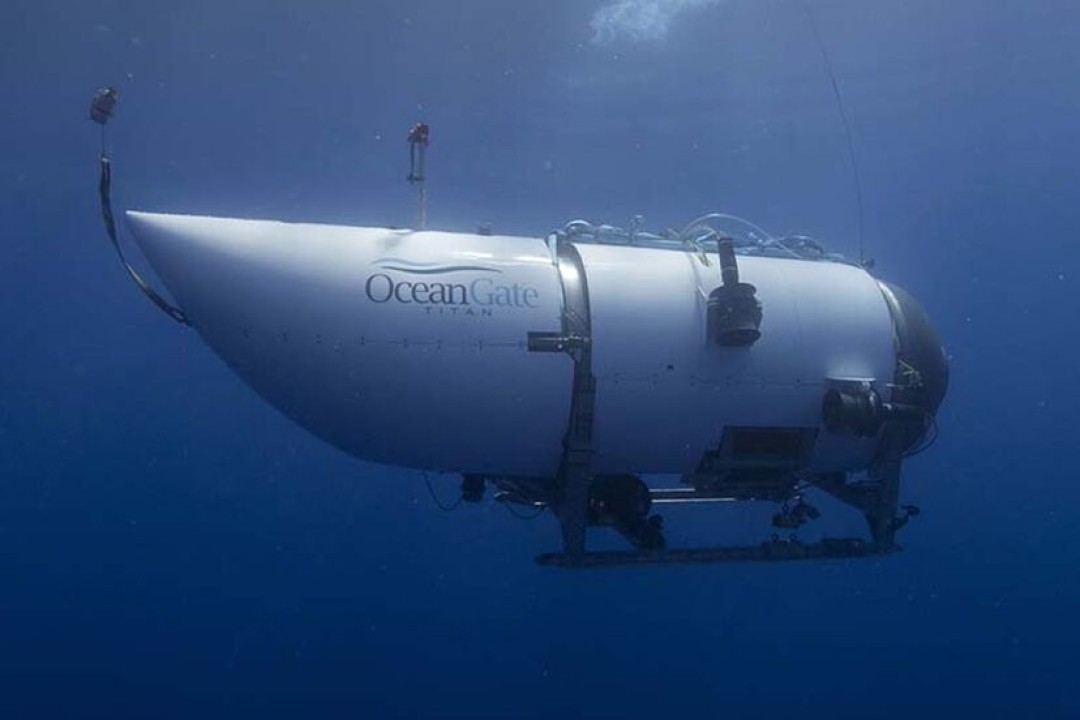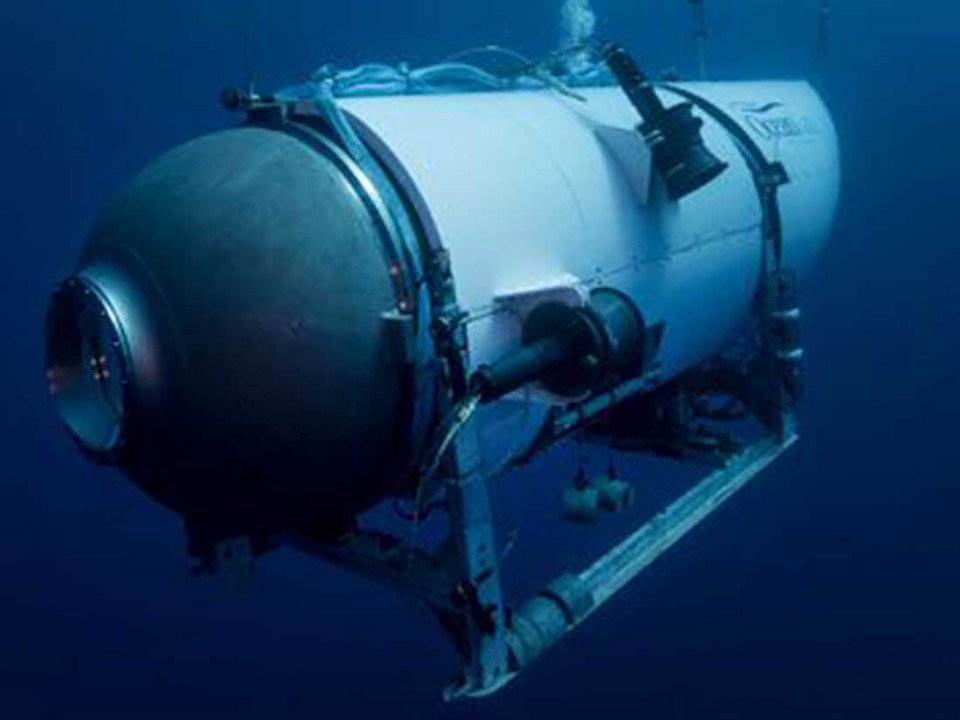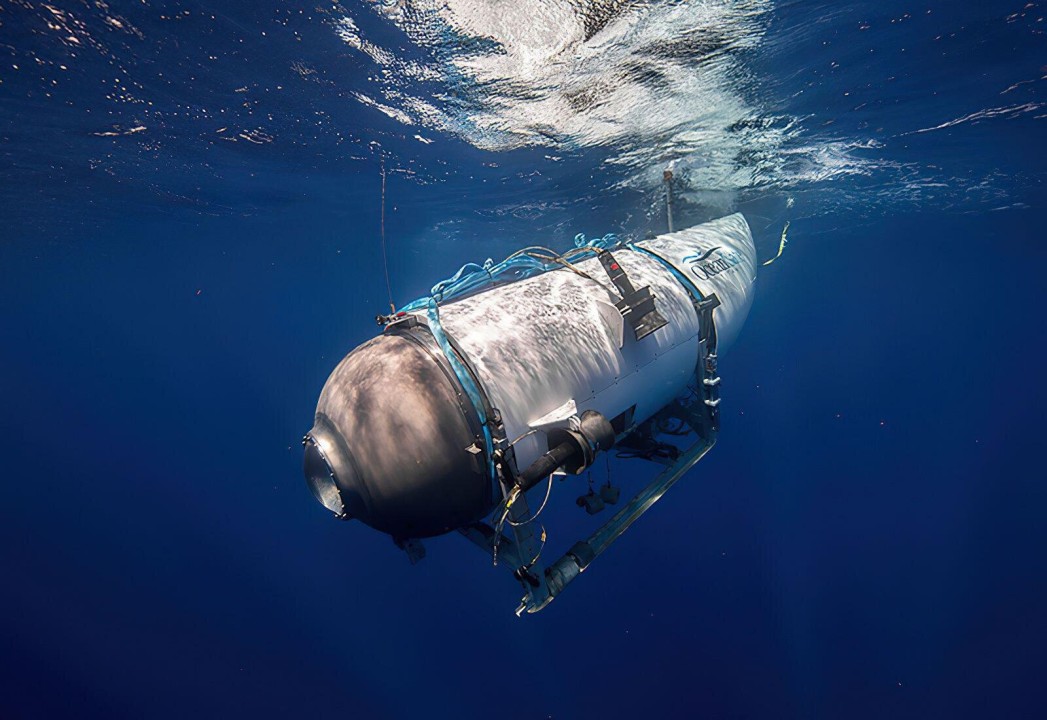Titan, the ill-fated submersible, has become the focus of an extensive investigation following its tragic implosion. The vessel, known as Titan, embarked on a journey to explore the Titanic wreckage site, but met a devastating fate. The investigation is now in full swing, with investigators meticulously examining voice recordings and data retrieved from the mother ship that carried Titan and its five occupants. Additionally, the debris field resulting from the implosion is being meticulously mapped out by a remotely operated robot. This comprehensive investigation aims to uncover the sequence of events and underlying causes surrounding the demise of Titan, a name that echoes throughout the ongoing inquiry.
Investigators have announced that they will examine voice recordings and data from the mother ship that carried the ill-fated Titan submersible before its implosion. As a remotely operated robot meticulously maps out the debris field resulting from the tragic incident, officials have confirmed their intent to review voice recordings obtained from the mother ship, which transported the vessel and its five occupants on their journey to the Titanic wreckage site.
On Saturday, Canadian investigators boarded the Polar Prince, the vessel in question, with the purpose of collecting information from its voyage data recorder and other systems containing valuable data, according to Kathy Fox, the Chair of the Transportation Safety Board of Canada. The Polar Prince returned to St. John's, the capital of Newfoundland and Labrador, with flags flying at half-mast while crew members and family were interviewed regarding the incident.

The primary objective of the investigation is not to assign blame but rather to determine the sequence of events and underlying causes, as well as identify necessary measures to mitigate the risk of similar occurrences in the future, emphasized Fox. Of particular interest are the voice recordings stored in the voyage data recorder, which hold the potential to provide vital insights into the investigation.
This latest development adds to the expanding international investigation into the implosion that tragically claimed the lives of all five individuals aboard the submersible during its descent to the Titanic shipwreck. Military experts have discovered debris in the ocean, approximately 1,600 feet from the bow of the Titanic, which is consistent with the loss of the submersible's pressure chamber, revealed US Coast Guard Rear Adm. John Mauger.
Among the victims were Stockton Rush, the CEO of OceanGate Expeditions, the operator of the vessel; British businessman Hamish Harding; French diver Paul-Henri Nargeolet; and Pakistani-born businessman Shahzada Dawood and his British citizen son, Suleman.
Communications between the submersible and its mother ship are also expected to be closely examined. According to the archived website of OceanGate Expeditions, the ship was able to communicate with the submersible via text messages and was required to maintain communication every 15 minutes.
Simultaneously, the Royal Canadian Mounted Police (RCMP) is exploring the possibility of whether criminal, federal, or provincial laws may have been violated. While there is no suspicion of criminal activity at present, RCMP Superintendent Kent Osmond stated during a press briefing on Saturday that the agency is taking initial steps to assess the need for further investigation, emphasizing that all reportable offshore deaths are subject to RCMP scrutiny.
Guillermo Sohnlein, co-founder of OceanGate, cautioned against premature judgment regarding the implosion. He emphasized that data collection efforts on-site would continue for the foreseeable future, potentially spanning days, weeks, or even months. Sohnlein urged restraint in speculating about the incident until more substantial data becomes available.
 The US Coast Guard, which participated in the extensive search and rescue operation, is conducting its own investigation into the implosion, in collaboration with the National Transportation Safety Board. Remotely operated vehicles will persist in gathering information from the depths of the sea floor, as stated by US Coast Guard Rear Admiral Mauger on Thursday.
The US Coast Guard, which participated in the extensive search and rescue operation, is conducting its own investigation into the implosion, in collaboration with the National Transportation Safety Board. Remotely operated vehicles will persist in gathering information from the depths of the sea floor, as stated by US Coast Guard Rear Admiral Mauger on Thursday.
These vehicles will endeavor to map the debris field of the vessel, situated more than 2 miles deep in the North Atlantic. Officials reported discovering five distinct major pieces of debris from the submersible on Thursday morning. Paul Hankins, the US Navy Director of Salvage Operations and Ocean Engineering, revealed that each end of the pressure hull was found in different locations.
According to Jeff Mahoney, spokesperson for Pelagic Research Services, a company specializing in ocean expeditions, remotely operated vehicle missions are expected to continue for approximately one more week. However, any attempts to recover items from the debris field will require a larger-scale operation, potentially in collaboration with Deep Energy, another company assisting with the mission, due to the expected weight of the debris surpassing the lifting capacity of Pelagic's remotely operated vehicle alone. In such recovery efforts, rigged cabling would be employed to raise any debris from the ocean depths.
The multinational investigation comes amid mounting concerns about the design of the Titan submersible. A CNN review of OceanGate's marketing material, public statements made by Stockton Rush, and court records has revealed that while the company boasted a commitment to safety measures, it declined to undergo a voluntary and rigorous safety review of the vessel, deviating from industry standards that would have imposed more stringent scrutiny on its operations and vessels.
Furthermore, during an underseas excursion off the coast of the Bahamas in April 2019, submersible expert Karl Stanley sensed an issue with the Titan when loud noises were heard, prompting him to send an email to Stockton Rush expressing concerns about possible defects. Stanley's email, obtained by CNN, described the noises as indicative of a flaw or defect in a specific area of the vessel's hull, which was being acted upon by immense pressures, leading to potential damage.


0 Comments